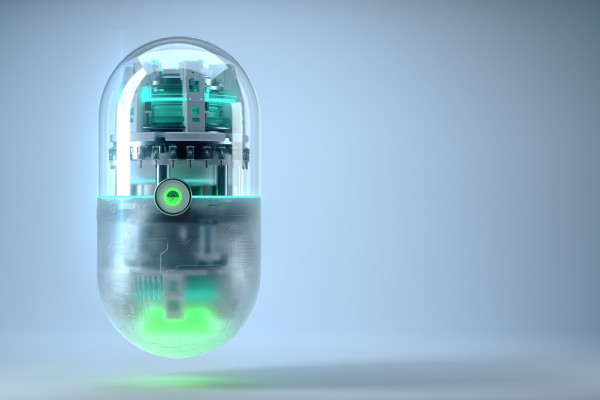Drug Delivery Systems
One of the most significant contributions of nanotechnology in healthcare is the development of drug delivery systems that can deliver drugs directly to the site of the disease. These systems use nanoparticles that can cross the blood-brain barrier, reach the tumor cells and release the drugs with high precision. This targeted approach minimizes the side effects of the medication and increases its effectiveness. For example, liposomal nanoparticles are used in cancer treatment, and iron oxide nanoparticles are used in magnetic hyperthermia, a treatment for cancer and hyperthermia.
Tissue Regeneration
Nanotechnology can help in the regeneration of damaged tissue by providing scaffolds that mimic the natural extracellular matrix. These scaffolds have nano-sized features that can guide the cells to grow and develop into a healthy tissue structure. Nanofibers, nanogels, and nanoscale hydrogels are used to create these scaffolds, and they have shown promising results in the regeneration of cartilage, bone, and neural tissue.

Diagnostic Tools
Nanotechnology has also revolutionized the field of diagnostics by providing highly sensitive and specific diagnostic tools. Nanoparticles can be functionalized with ligands that bind to specific biomarkers, allowing for the detection of diseases at an early stage. For example, gold nanoparticles functionalized with antibodies have been used to detect cancer, and magnetic nanoparticles have been used for the early detection of Alzheimer's disease.
Imaging Techniques
Nanotechnology has also improved imaging techniques in healthcare. Nanoparticles can be used as contrast agents for various imaging modalities such as MRI, CT, and PET. These nanoparticles can improve the resolution and sensitivity of the images, allowing for the detection of small lesions and early-stage diseases. For example, iron oxide nanoparticles are used in MRI, and quantum dots are used in fluorescent imaging.
Wound Healing
Nanotechnology has shown promising results in wound healing by providing nanofibers that can mimic the natural extracellular matrix and support the regeneration of skin tissue. Nanoparticles can also be used to deliver growth factors and antimicrobial agents to the wound site. These approaches can improve the healing process and reduce the risk of infections.
To Conclude
In conclusion, nanotechnology has the potential to transform healthcare by providing innovative approaches to drug delivery, tissue regeneration, diagnostics, imaging, and wound healing. As this field continues to develop, we can expect to see more breakthroughs that will improve patient outcomes and quality of life.
Quickscout
Looking for suitable
technology providers?
Start scouting!







